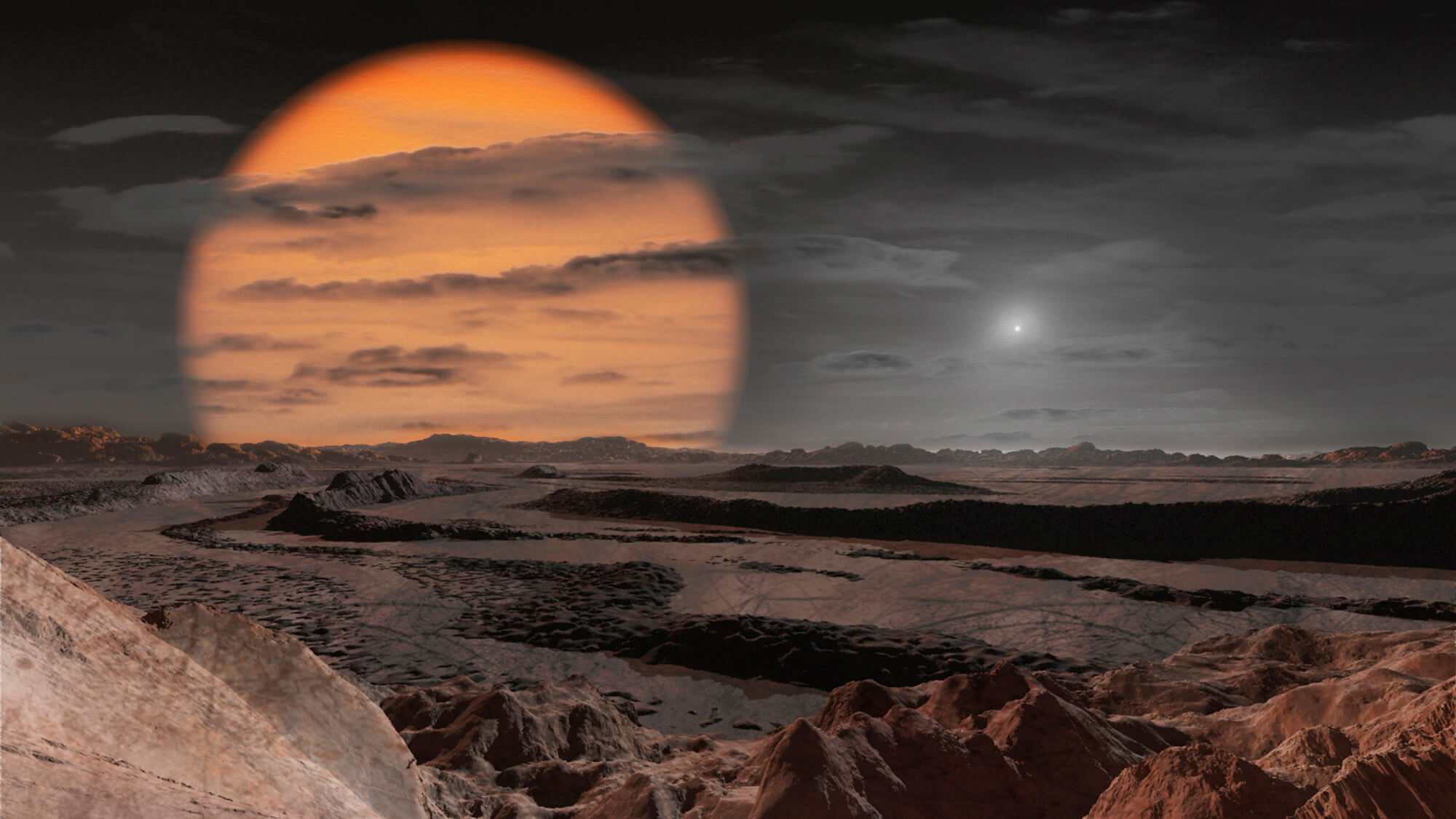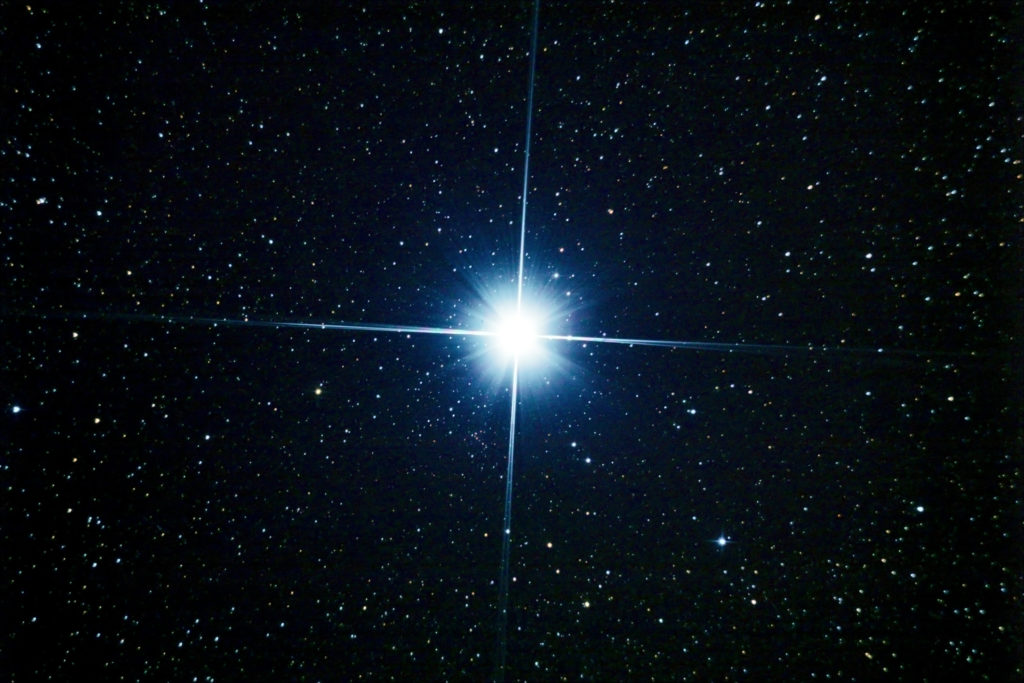For much of its history, astronomy has focused on the understanding planets in our solar system. In a universe of 100 billion galaxies, we’ve been confined to the study of a drop in the ocean.
Science usually moves in phases, with big leaps punctuated with smaller steps forward. In the last decades, the progression towards the study of the universe outside of the solar system has begun.
Today, scientists are finding more earth-like, possibly habitable, planets in the distance of space. Named exoplanets, the number of planets of Earth-like size and livable features is expanding at an ever rapid rate. Could we be on the cusp of finding an earth-like partner? The answer could reveal itself in our lifetime.
What is an exoplanet?
Also known as an extrasolar planet, exoplanets are planets located outside our own Solar System.
The first exoplanet discovered.
The first planets outside the solar system were reported in the early 1900s. However, it took until 1992 for Astronomer Alex Wolszczan and team to confirm that such planets do exist beyond our solar system.
Using the Arecibo Observatory in Puerto Rico, they discovered two exoplanets orbiting a star in the constellation Virgo, about 2,300 light-years away from Earth. The planets were measured to be about four times the mass of the earth.
Types of exoplanets
If you take a look into the night sky, it’s not hard to see how difficult it is to find planets outside our solar system. The tiny glimmers of light you see as stars are much, much larger than any planets in their orbit.
Stars can have different types of objects orbiting them.
- Other stars rotating in binary systems (revolving around other stars)
- A brown dwarf
- Planets
The planets within our solar system are visible in our sky. Unless you really look for them, they can blend quite well into the night sky. It helps to comprehend how difficult exoplanets are to discover. Even the planets within our solar system are difficult to see!
You can observe Jupiter at night because the Sun is not in the sky. In the day it masks the much smaller amount of light from Jupiter preventing us from seeing Jupiter. (It is possible to see Venus during the day if you know exactly where to look and have sharp eyes).
Now imagine a planet in a distant solar system, orbiting a star in the night sky. Add other objects that can orbit a star.
The relative size and distance of space make picking up exoplanets an almost impossible process.
How are exoplanets discovered?
Searching for needles in haystacks is a good analogy for those trying to discover exoplanets.
Imagine you’re in a distant galaxy, observing our sun from a distant star. The small dot in the sky would look like any other star.
We know the sun is 109 times the size of the earth, the earth would be a tiny dot when looking from another star.
It’s possible a planet revolving a star might be bright enough to observe on its own. However relative to the star it is in motion around, it’s like looking at a candle near a searchlight.
There are two ways that astronomers make exoplanet discoveries:
Direct: Detecting light of the exoplanet. Planets need to be detected by reflected light which is about a billion times fainter than the star it orbits. The starlight reflected is often lost in the glare of the star.
Indirect: Detecting exoplanets by the ‘wobble’ of light from the star. Astronomers know planets orbit around central star due to the much larger mass and hence gravity. Planets, in reality, revolve around a center of gravity, called the ‘barycenter.’
Astronomers calculate the mass in the whole system (think our sun and all planets). In our solar system, the planets revolve around a center point just outside the center of the sun. Exoplanets can then be calculated as a mass in the system outside the mass of a distant star.
Are there habitable earth-like exoplanets discovered?
After exoplanets are discovered, they can be classified as to whether they can sustain life. The vast majority of exoplanets are uninhabitable. Think of our solar system, the earth is the only planet out of eight that is currently habitable.
The Habitable zone is a criterion used to determine if exoplanets can sustain life. It’s defined as the orbital region around a star in which an Earth-like planet can possess liquid water on its surface and possibly support life.
How many exoplanets have been discovered?
Technology has quickly hastened the number of known exoplanets. The launch of NASA’s Kepler space telescope in March 2009 quickened the pace. Kepler exoplanets are found by monitoring the tiny dips in brightness that occur when these planets cross the side of their host stars that face the telescope.
Of the roughly 3,500 known exoplanets, 2,331 are Kepler exoplanets.
In November 2013, the number of Kepler exoplanets in the Milky Way was 40 billion. That’s the number of Earth-sized exoplanets orbiting in the habitable zones of sun-like stars and red dwarfs in our galaxy. 11 billion of these may be orbiting sun-like stars.
How many exoplanets are there in the universe?
As a thought exercise let’s explore the numbers of planets in the entire universe.
There are about 100 billion stars in our galaxy and up to 10 trillion galaxies in the universe.
That makes the total number of stars in the universe as being 1,000,000,000,000,000,000,000,000.
Now based on data of a tiny portion of the sky in the constellation Cygnus, class G stars have at least one Earth-like planet.
That means there are up to 76,000,000,000,000,000,000,000 stars similar to our sun, which have at least one planet.
That makes 19,000,000,000,000,000,000,000 stars similar to ours with at least one planet similar to Earth.
Conclusion:
The list of exoplanets discovered is growing and remains an exciting progression in the field of astronomy.
In 2018, the James Webb Space Telescope (JWST) is set to launch with powerful lens technology.
Now it’s up to you.
How will the science of exoplanet change our view of the universe?
Further reading:




























